Elasticity and Its Applications 1 Elasticity. .

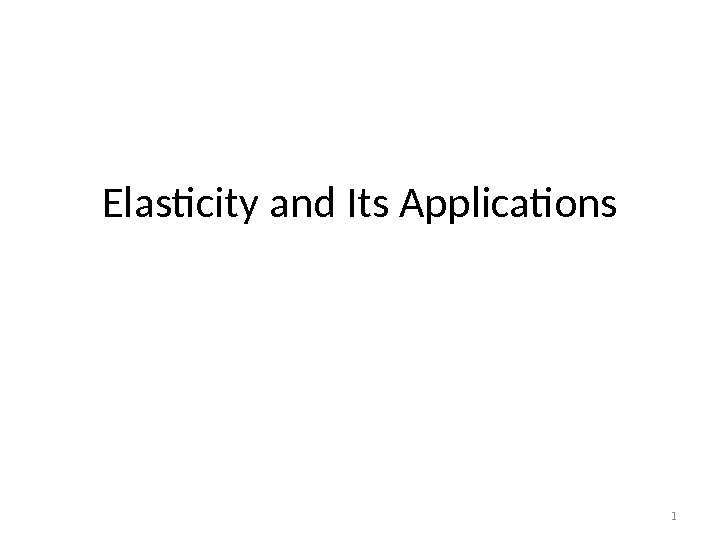
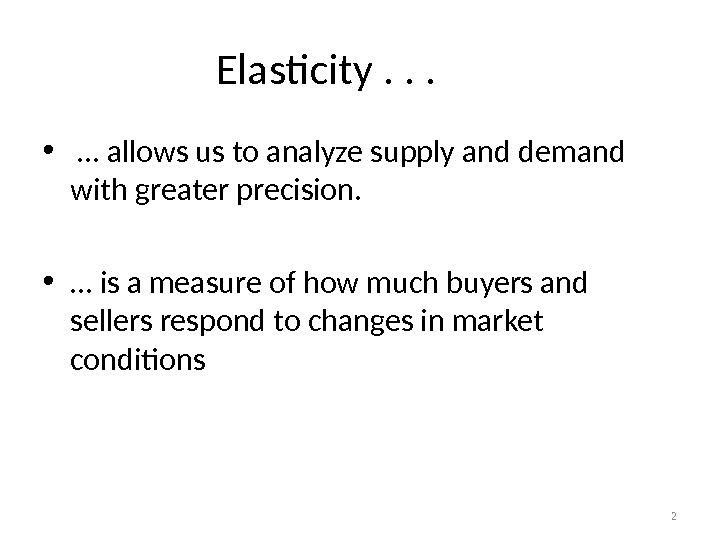
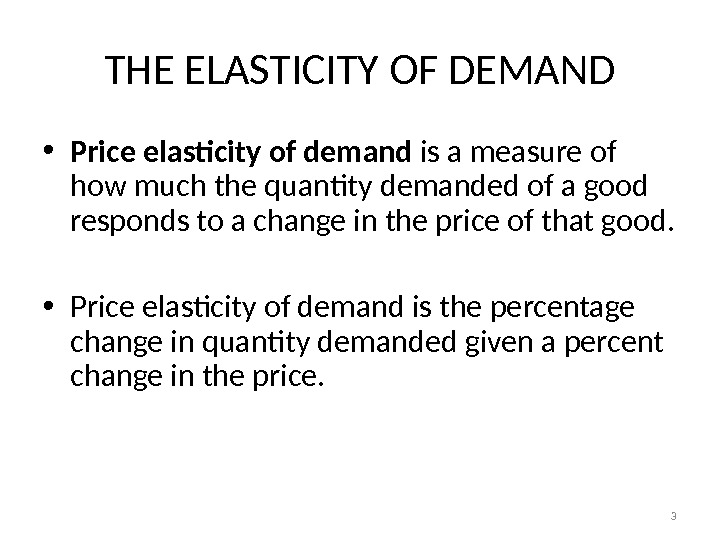
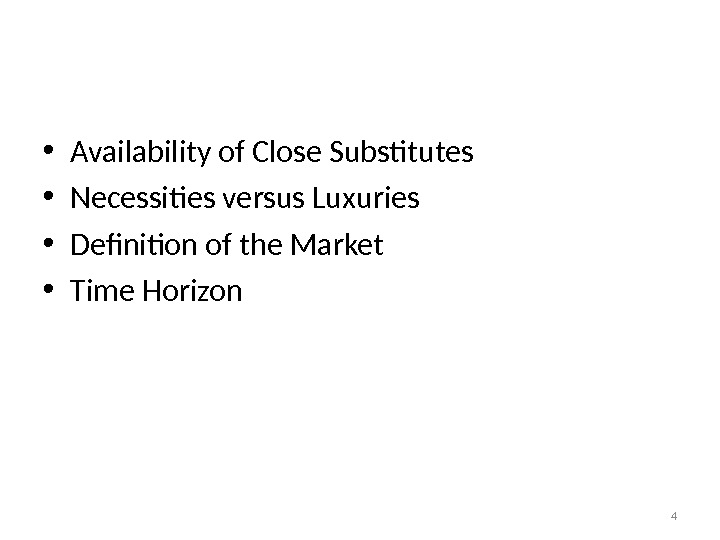
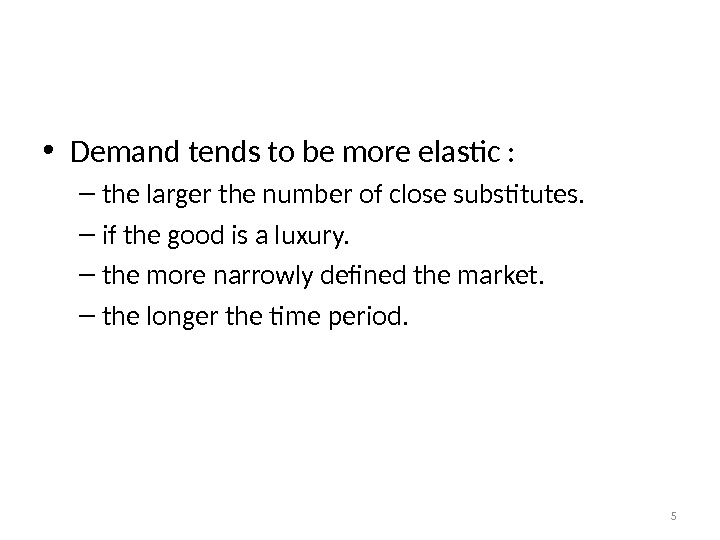
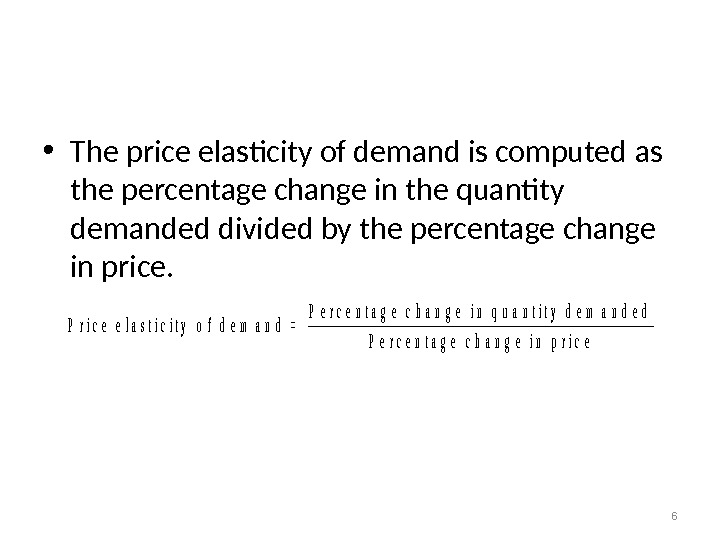
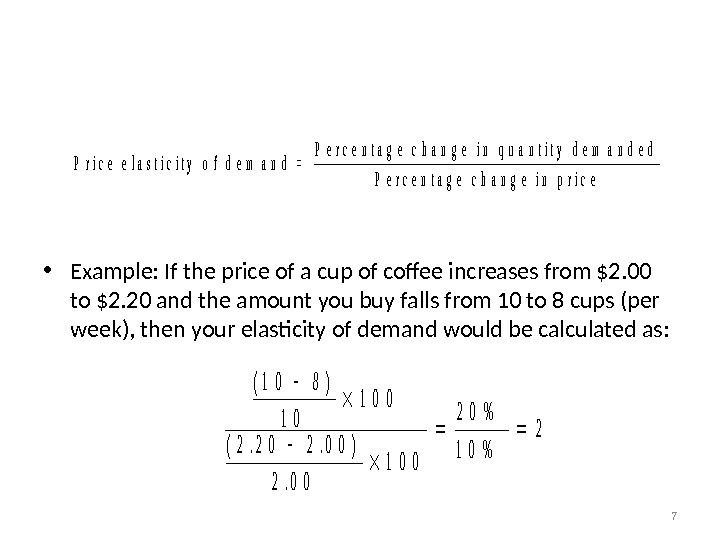
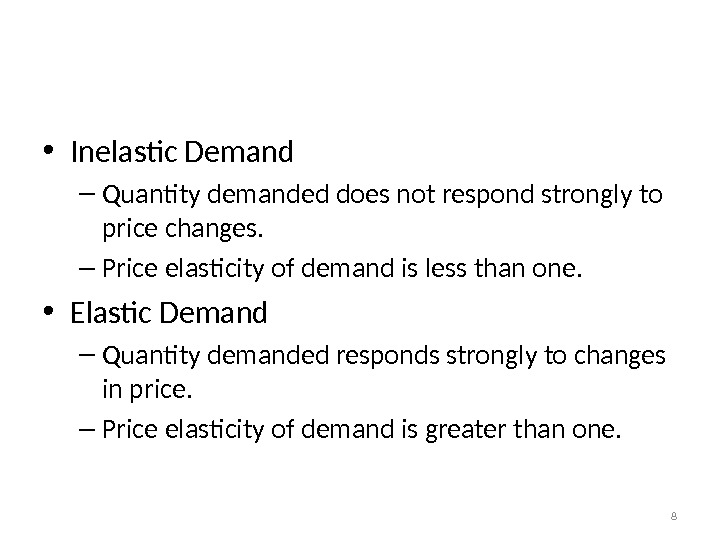
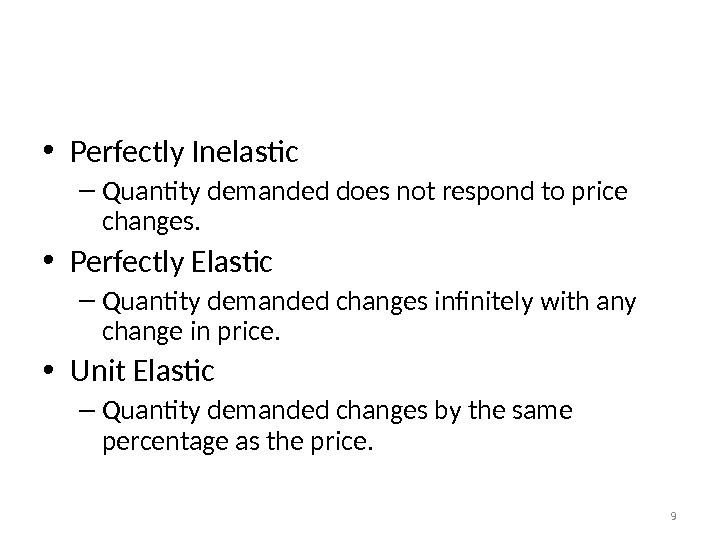
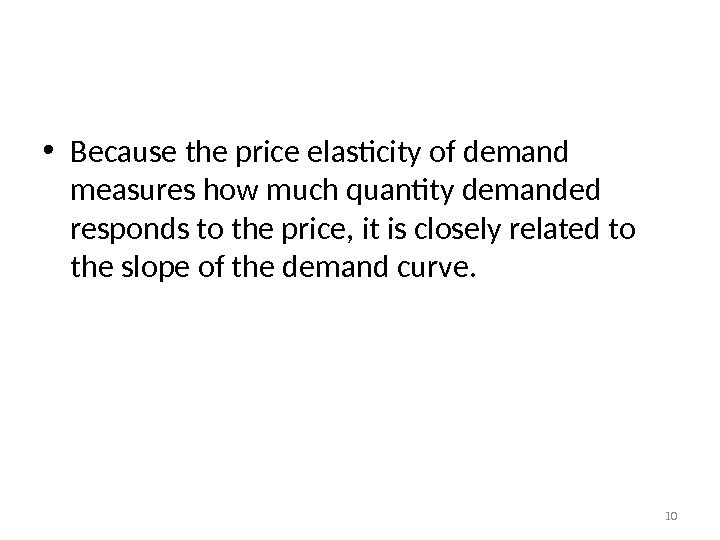
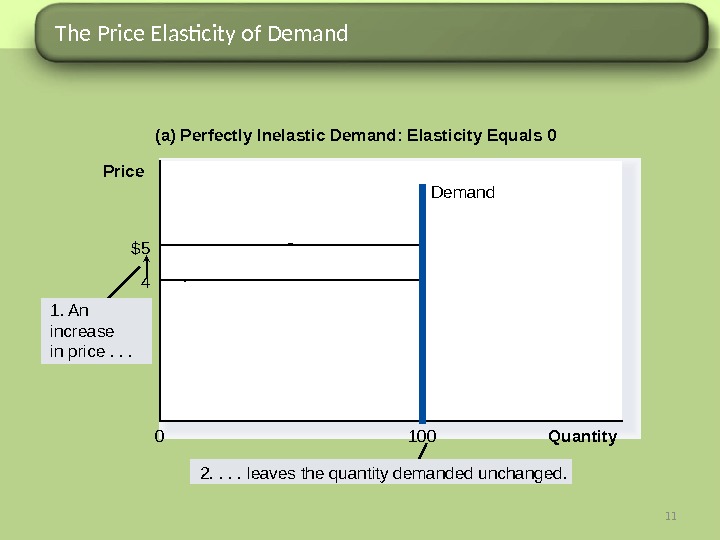
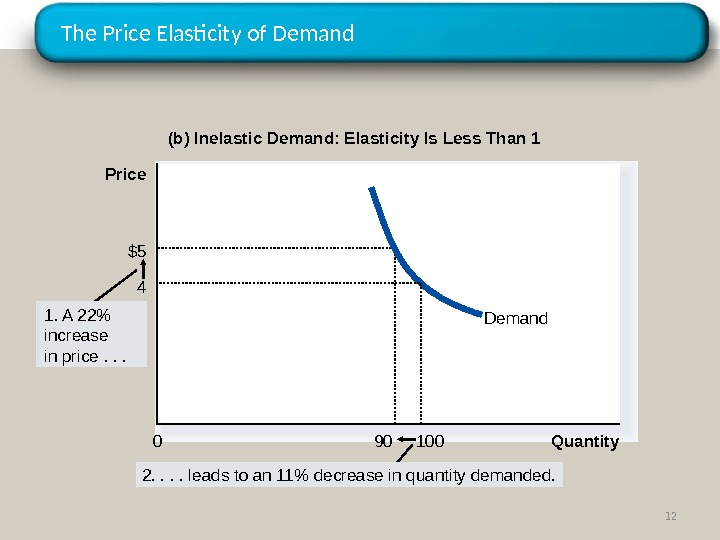
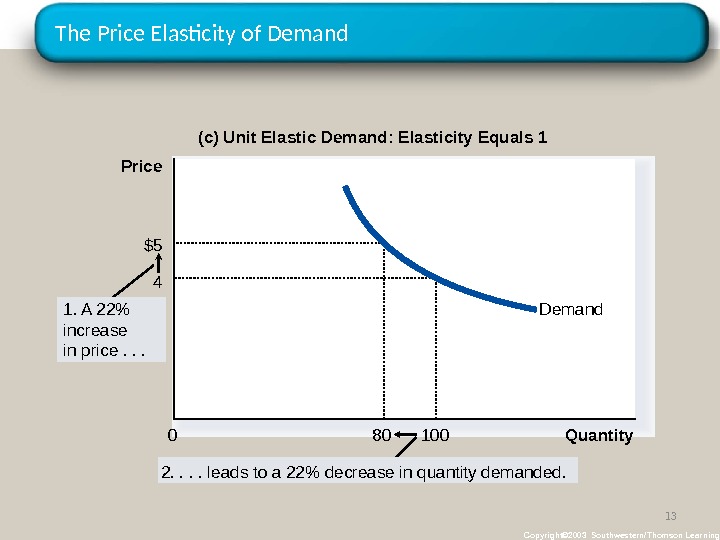
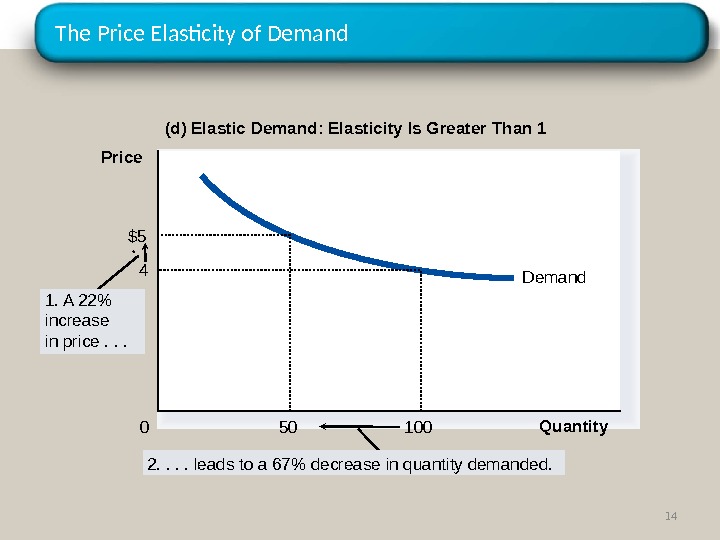
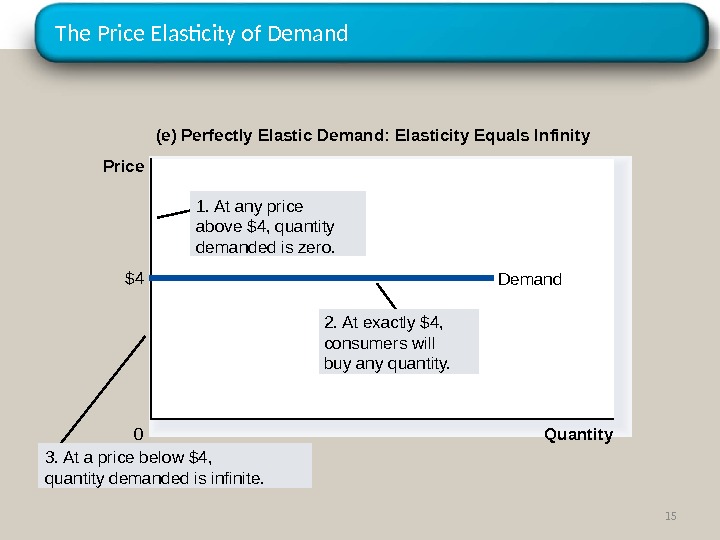

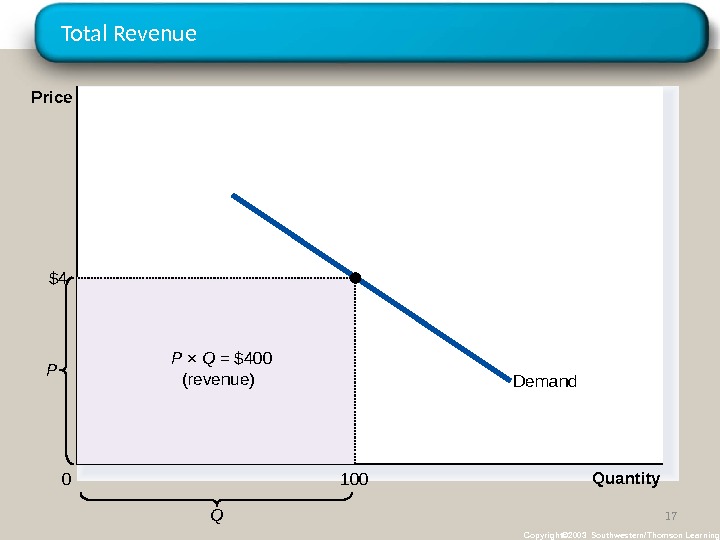
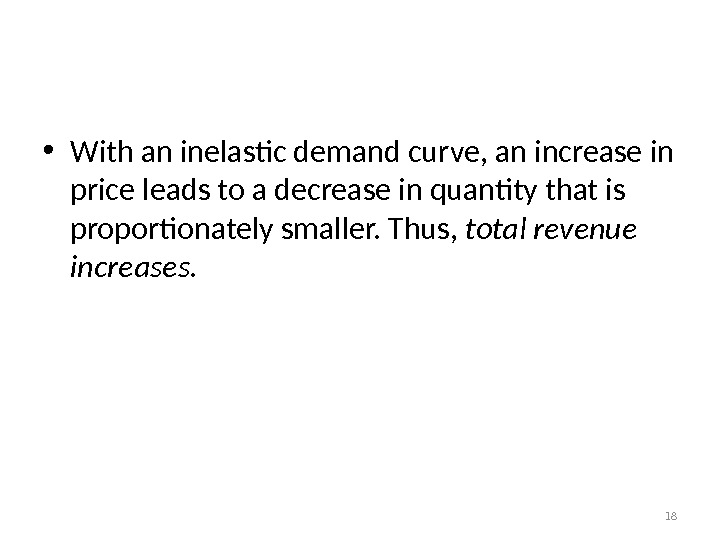
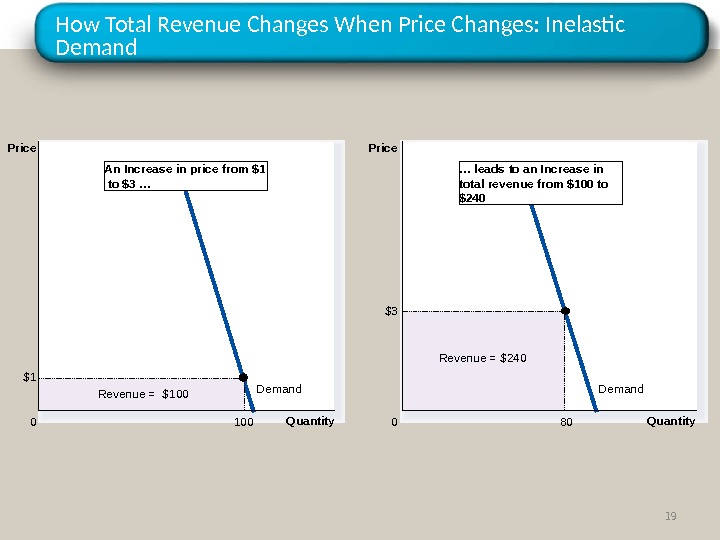
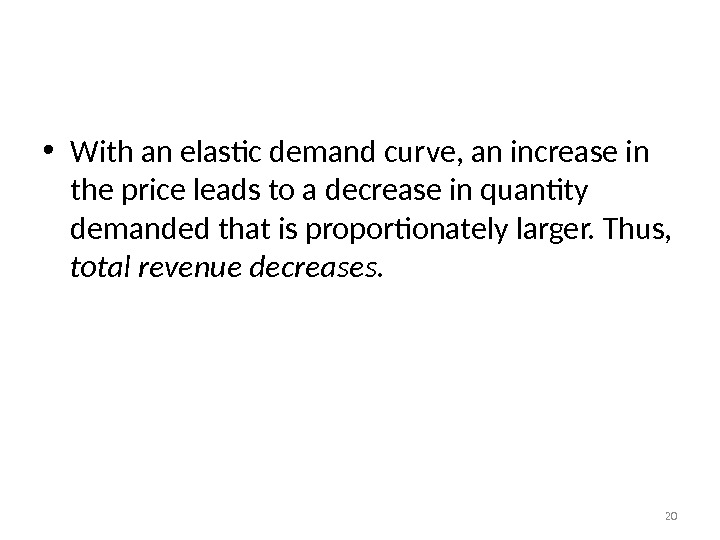
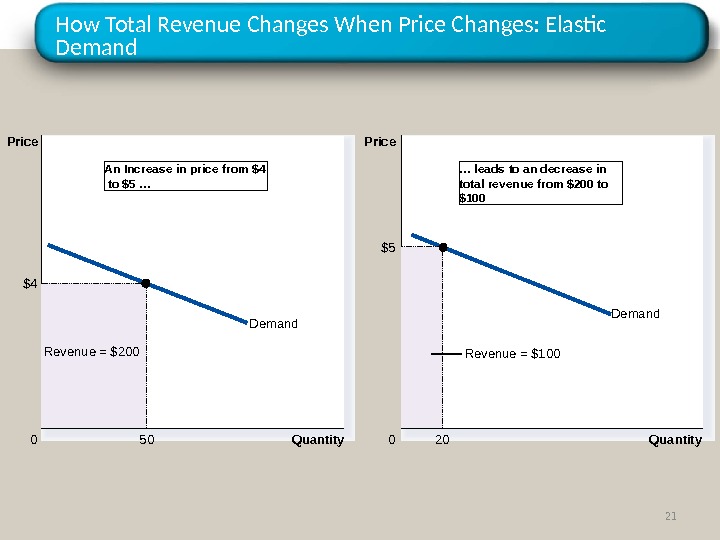
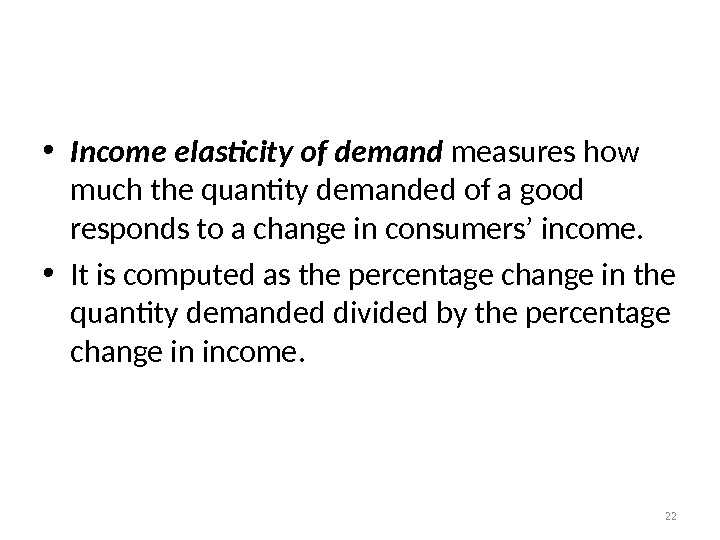
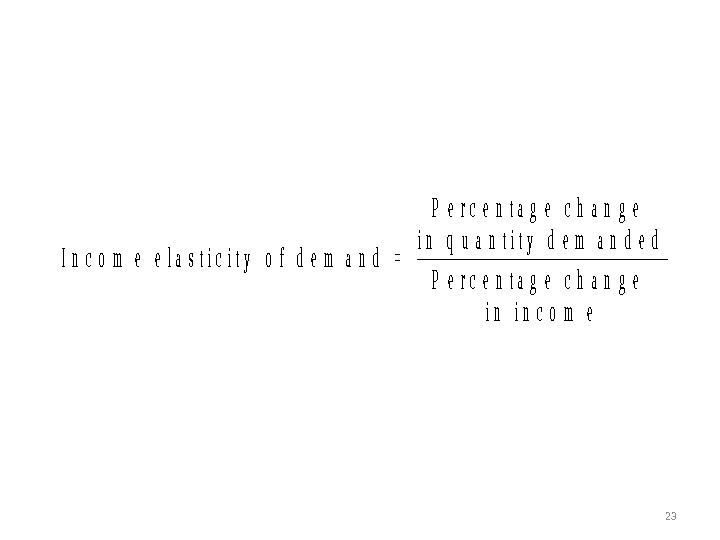
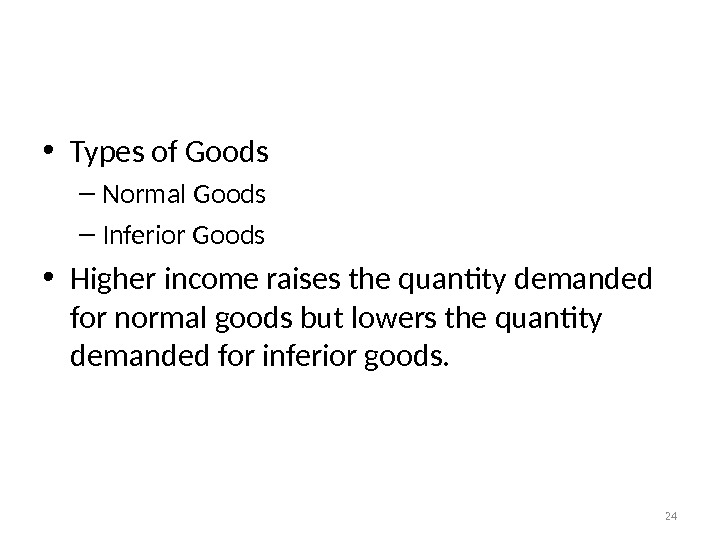
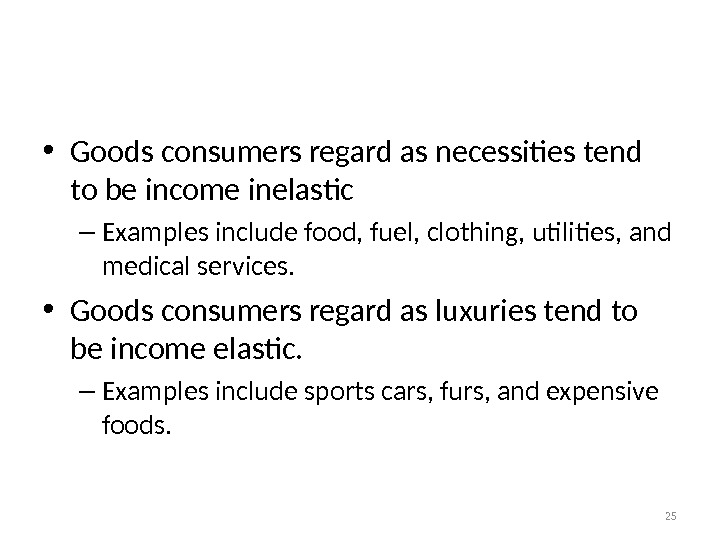
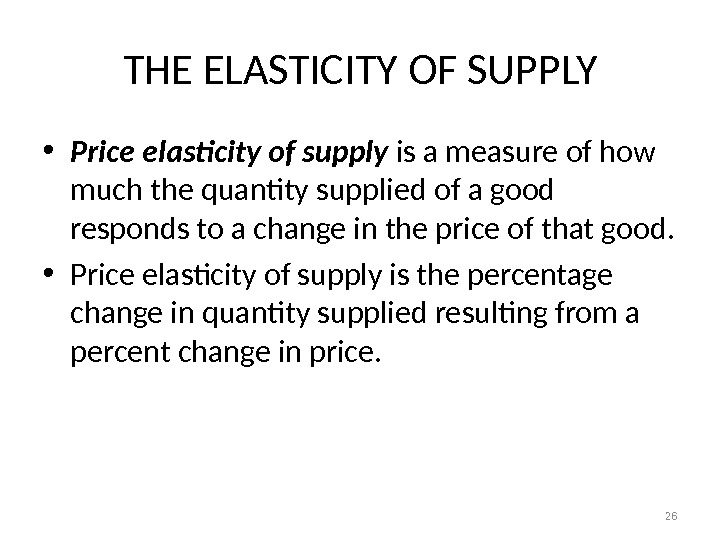
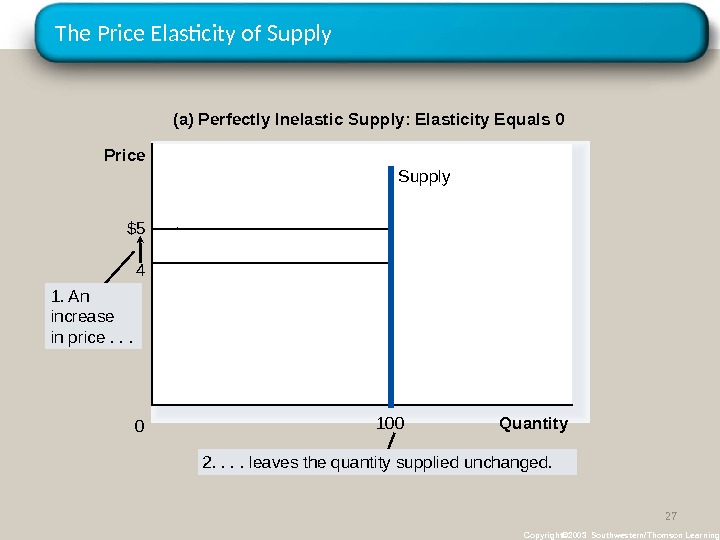
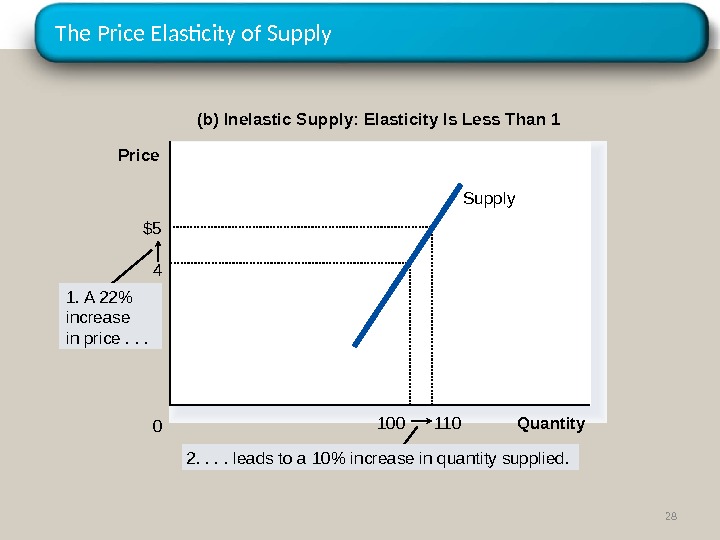
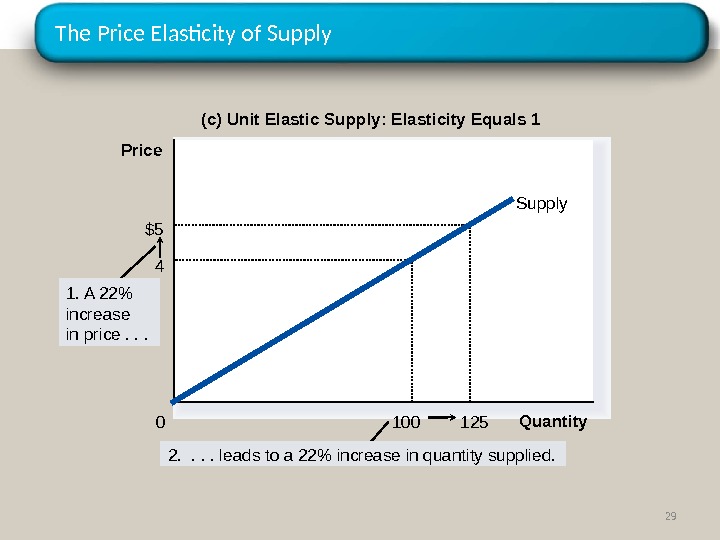
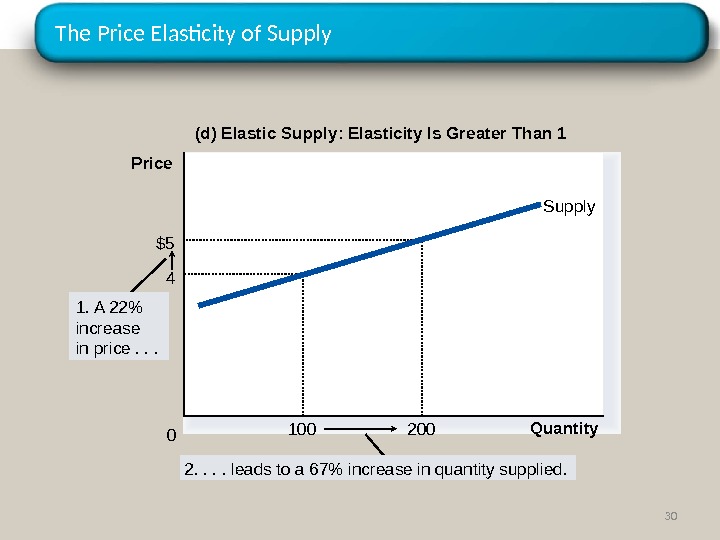
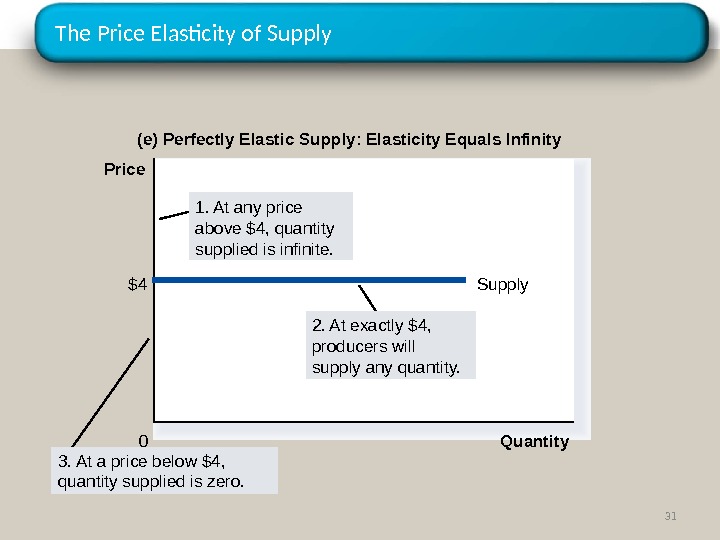
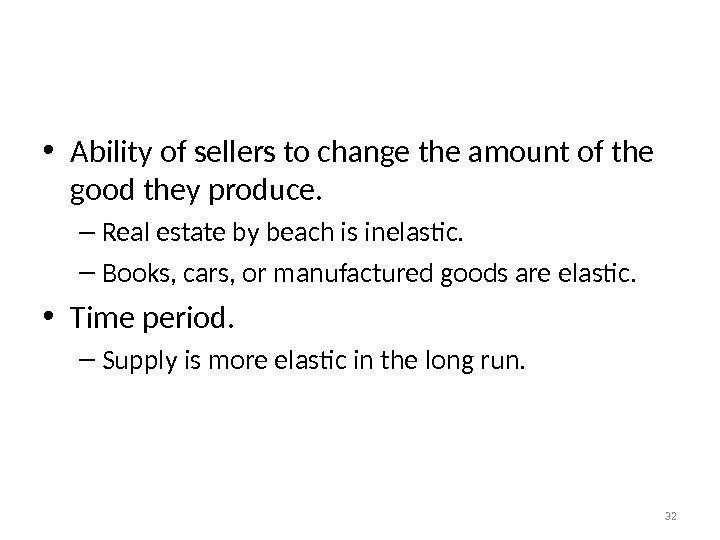
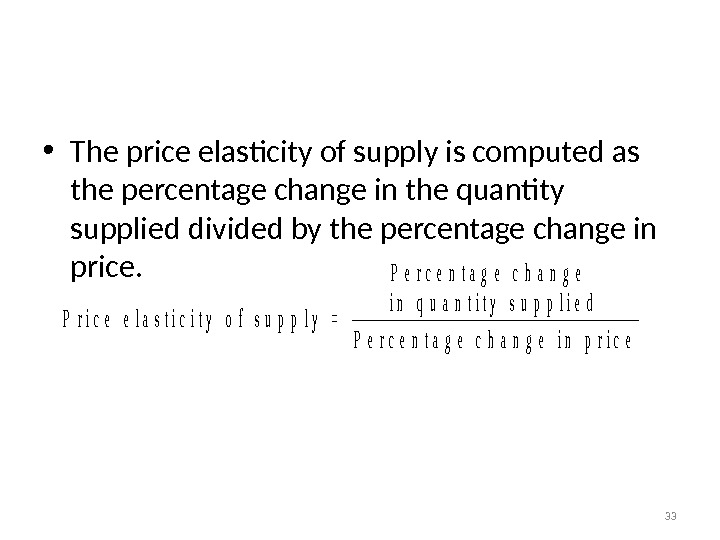
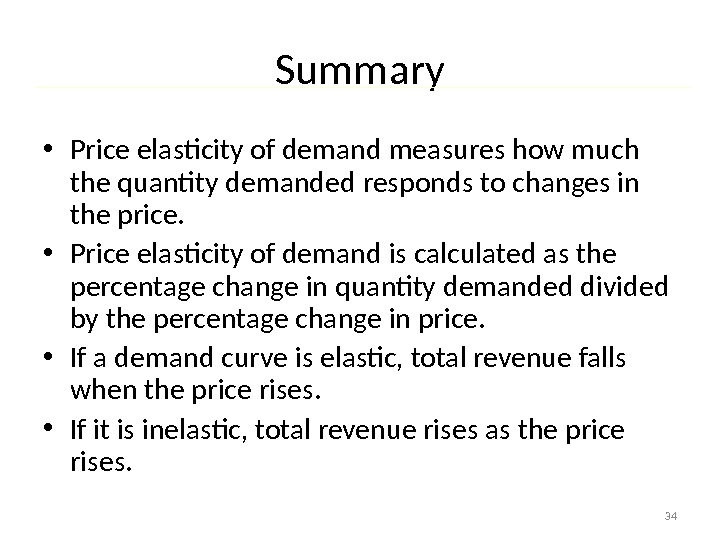
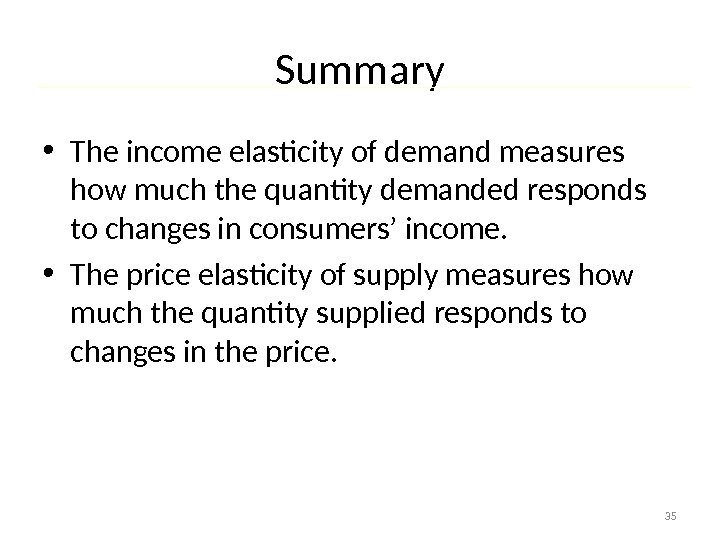
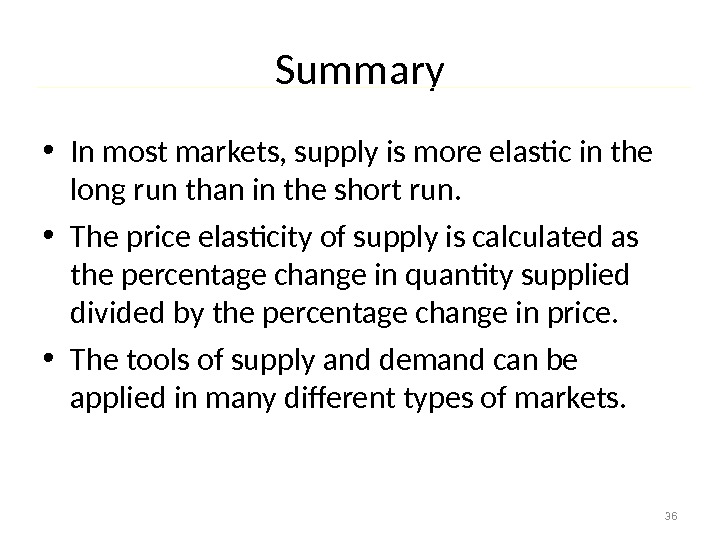
- Размер: 793.5 Кб
- Количество слайдов: 36
Описание презентации Elasticity and Its Applications 1 Elasticity. . по слайдам
 Elasticity and Its Applications
Elasticity and Its Applications
 Elasticity. . . • … allows us to analyze supply and demand with greater precision. • … is a measure of how much buyers and sellers respond to changes in market conditions
Elasticity. . . • … allows us to analyze supply and demand with greater precision. • … is a measure of how much buyers and sellers respond to changes in market conditions
 THE ELASTICITY OF DEMAND • Price elasticity of demand is a measure of how much the quantity demanded of a good responds to a change in the price of that good. • Price elasticity of demand is the percentage change in quantity demanded given a percent change in the price.
THE ELASTICITY OF DEMAND • Price elasticity of demand is a measure of how much the quantity demanded of a good responds to a change in the price of that good. • Price elasticity of demand is the percentage change in quantity demanded given a percent change in the price.
 The Price Elasticity of Demand Its Determinants • Availability of Close Substitutes • Necessities versus Luxuries • Definition of the Market • Time Horizon
The Price Elasticity of Demand Its Determinants • Availability of Close Substitutes • Necessities versus Luxuries • Definition of the Market • Time Horizon
 The Price Elasticity of Demand Its Determinants • Demand tends to be more elastic : – the larger the number of close substitutes. – if the good is a luxury. – the more narrowly defined the market. – the longer the time period.
The Price Elasticity of Demand Its Determinants • Demand tends to be more elastic : – the larger the number of close substitutes. – if the good is a luxury. – the more narrowly defined the market. – the longer the time period.
 Computing the Price Elasticity of Demand • The price elasticity of demand is computed as the percentage change in the quantity demanded divided by the percentage change in price. P r i c e e l a st i c i t y o f d e m a n d= P e r c e n t a g e c h a n g e i n q u a n t i t y d e m a n d e d P e r c e n t a g e c h a n g e i n p r i c e
Computing the Price Elasticity of Demand • The price elasticity of demand is computed as the percentage change in the quantity demanded divided by the percentage change in price. P r i c e e l a st i c i t y o f d e m a n d= P e r c e n t a g e c h a n g e i n q u a n t i t y d e m a n d e d P e r c e n t a g e c h a n g e i n p r i c e
 Computing the Price Elasticity of Demand • Example: If the price of a cup of coffee increases from $2. 00 to $2. 20 and the amount you buy falls from 10 to 8 cups (per week), then your elasticity of demand would be calculated as: P r i c e e l a st i c i t y o f d e m a n d= P e r c e n t a g e c h a n g e i n q u a n t i t y d e m a n d e d P e r c e n t a g e c h a n g e i n p r i c e () (. . ). 1 08 1 0 0 22 020 0 1 0 0 2 0 % 1 0 %
Computing the Price Elasticity of Demand • Example: If the price of a cup of coffee increases from $2. 00 to $2. 20 and the amount you buy falls from 10 to 8 cups (per week), then your elasticity of demand would be calculated as: P r i c e e l a st i c i t y o f d e m a n d= P e r c e n t a g e c h a n g e i n q u a n t i t y d e m a n d e d P e r c e n t a g e c h a n g e i n p r i c e () (. . ). 1 08 1 0 0 22 020 0 1 0 0 2 0 % 1 0 %
 The Variety of Demand Curves • Inelastic Demand – Quantity demanded does not respond strongly to price changes. – Price elasticity of demand is less than one. • Elastic Demand – Quantity demanded responds strongly to changes in price. – Price elasticity of demand is greater than one.
The Variety of Demand Curves • Inelastic Demand – Quantity demanded does not respond strongly to price changes. – Price elasticity of demand is less than one. • Elastic Demand – Quantity demanded responds strongly to changes in price. – Price elasticity of demand is greater than one.
 The Variety of Demand Curves • Perfectly Inelastic – Quantity demanded does not respond to price changes. • Perfectly Elastic – Quantity demanded changes infinitely with any change in price. • Unit Elastic – Quantity demanded changes by the same percentage as the price.
The Variety of Demand Curves • Perfectly Inelastic – Quantity demanded does not respond to price changes. • Perfectly Elastic – Quantity demanded changes infinitely with any change in price. • Unit Elastic – Quantity demanded changes by the same percentage as the price.
 The Variety of Demand Curves • Because the price elasticity of demand measures how much quantity demanded responds to the price, it is closely related to the slope of the demand curve.
The Variety of Demand Curves • Because the price elasticity of demand measures how much quantity demanded responds to the price, it is closely related to the slope of the demand curve.
 The Price Elasticity of Demand (a) Perfectly Inelastic Demand: Elasticity Equals 0 $5 4 Quantity. Demand 10001. An increase in price. . . 2. . leaves the quantity demanded unchanged. Price
The Price Elasticity of Demand (a) Perfectly Inelastic Demand: Elasticity Equals 0 $5 4 Quantity. Demand 10001. An increase in price. . . 2. . leaves the quantity demanded unchanged. Price
 The Price Elasticity of Demand (b) Inelastic Demand: Elasticity Is Less Than 1 Quantity 0$5 90 Demand 1. A 22% increase in price. . . Price 2. . leads to an 11% decrease in quantity demanded.
The Price Elasticity of Demand (b) Inelastic Demand: Elasticity Is Less Than 1 Quantity 0$5 90 Demand 1. A 22% increase in price. . . Price 2. . leads to an 11% decrease in quantity demanded.
 The Price Elasticity of Demand Copyright© 2003 Southwestern/Thomson Learning 2. . leads to a 22% decrease in quantity demanded. (c) Unit Elastic Demand: Elasticity Equals 1 Quantity 4 1000 Price $5 801. A 22% increase in price. . . Demand
The Price Elasticity of Demand Copyright© 2003 Southwestern/Thomson Learning 2. . leads to a 22% decrease in quantity demanded. (c) Unit Elastic Demand: Elasticity Equals 1 Quantity 4 1000 Price $5 801. A 22% increase in price. . . Demand
 The Price Elasticity of Demand (d) Elastic Demand: Elasticity Is Greater Than 1 Demand Quantity 4 1000 Price $5 501. A 22% increase in price. . . 2. . leads to a 67% decrease in quantity demanded.
The Price Elasticity of Demand (d) Elastic Demand: Elasticity Is Greater Than 1 Demand Quantity 4 1000 Price $5 501. A 22% increase in price. . . 2. . leads to a 67% decrease in quantity demanded.
 The Price Elasticity of Demand (e) Perfectly Elastic Demand: Elasticity Equals Infinity Quantity 0 Price $4 Demand 2. At exactly $4, consumers will buy any quantity. 1. At any price above $4, quantity demanded is zero. 3. At a price below $4, quantity demanded is infinite.
The Price Elasticity of Demand (e) Perfectly Elastic Demand: Elasticity Equals Infinity Quantity 0 Price $4 Demand 2. At exactly $4, consumers will buy any quantity. 1. At any price above $4, quantity demanded is zero. 3. At a price below $4, quantity demanded is infinite.
 Total Revenue and the Price Elasticity of Demand • Total revenue is the amount paid by buyers and received by sellers of a good. • Computed as the price of the good times the quantity sold. TR = P x Q
Total Revenue and the Price Elasticity of Demand • Total revenue is the amount paid by buyers and received by sellers of a good. • Computed as the price of the good times the quantity sold. TR = P x Q
 Total Revenue Copyright© 2003 Southwestern/Thomson Learning. Demand Quantity QP 0 Price P × Q = $400 (revenue)$
Total Revenue Copyright© 2003 Southwestern/Thomson Learning. Demand Quantity QP 0 Price P × Q = $400 (revenue)$
 Elasticity and Total Revenue along a Linear Demand Curve • With an inelastic demand curve, an increase in price leads to a decrease in quantity that is proportionately smaller. Thus, total revenue increases.
Elasticity and Total Revenue along a Linear Demand Curve • With an inelastic demand curve, an increase in price leads to a decrease in quantity that is proportionately smaller. Thus, total revenue increases.
 How Total Revenue Changes When Price Changes: Inelastic Demand Quantity 0 Price Revenue = $100 Quantity 0 Price Revenue = $240 Demand$1 100 $3 80 An Increase in price from $1 to $3 … … leads to an Increase in total revenue from $100 to $
How Total Revenue Changes When Price Changes: Inelastic Demand Quantity 0 Price Revenue = $100 Quantity 0 Price Revenue = $240 Demand$1 100 $3 80 An Increase in price from $1 to $3 … … leads to an Increase in total revenue from $100 to $
 Elasticity and Total Revenue along a Linear Demand Curve • With an elastic demand curve, an increase in the price leads to a decrease in quantity demanded that is proportionately larger. Thus, total revenue decreases.
Elasticity and Total Revenue along a Linear Demand Curve • With an elastic demand curve, an increase in the price leads to a decrease in quantity demanded that is proportionately larger. Thus, total revenue decreases.
 How Total Revenue Changes When Price Changes: Elastic Demand Quantity 0 Price Revenue = $200 $4 50 Demand Quantity 0 Price Revenue = $100 $5 20 An Increase in price from $4 to $5 … … leads to an decrease in total revenue from $200 to $
How Total Revenue Changes When Price Changes: Elastic Demand Quantity 0 Price Revenue = $200 $4 50 Demand Quantity 0 Price Revenue = $100 $5 20 An Increase in price from $4 to $5 … … leads to an decrease in total revenue from $200 to $
 Income Elasticity of Demand • Income elasticity of demand measures how much the quantity demanded of a good responds to a change in consumers’ income. • It is computed as the percentage change in the quantity demanded divided by the percentage change in income.
Income Elasticity of Demand • Income elasticity of demand measures how much the quantity demanded of a good responds to a change in consumers’ income. • It is computed as the percentage change in the quantity demanded divided by the percentage change in income.
 Computing Income Elasticity. I n c o m e e l as t i c i t y o f d e m a n d= P e r c e n t a g e c h a n g e i n q u a n t i ty d e m a n d e d P e r c e n t a g e c h a n g e i n c o m e
Computing Income Elasticity. I n c o m e e l as t i c i t y o f d e m a n d= P e r c e n t a g e c h a n g e i n q u a n t i ty d e m a n d e d P e r c e n t a g e c h a n g e i n c o m e
 Income Elasticity • Types of Goods – Normal Goods – Inferior Goods • Higher income raises the quantity demanded for normal goods but lowers the quantity demanded for inferior goods.
Income Elasticity • Types of Goods – Normal Goods – Inferior Goods • Higher income raises the quantity demanded for normal goods but lowers the quantity demanded for inferior goods.
 Income Elasticity • Goods consumers regard as necessities tend to be income inelastic – Examples include food, fuel, clothing, utilities, and medical services. • Goods consumers regard as luxuries tend to be income elastic. – Examples include sports cars, furs, and expensive foods.
Income Elasticity • Goods consumers regard as necessities tend to be income inelastic – Examples include food, fuel, clothing, utilities, and medical services. • Goods consumers regard as luxuries tend to be income elastic. – Examples include sports cars, furs, and expensive foods.
 THE ELASTICITY OF SUPPLY • Price elasticity of supply is a measure of how much the quantity supplied of a good responds to a change in the price of that good. • Price elasticity of supply is the percentage change in quantity supplied resulting from a percent change in price.
THE ELASTICITY OF SUPPLY • Price elasticity of supply is a measure of how much the quantity supplied of a good responds to a change in the price of that good. • Price elasticity of supply is the percentage change in quantity supplied resulting from a percent change in price.
 The Price Elasticity of Supply Copyright© 2003 Southwestern/Thomson Learning(a) Perfectly Inelastic Supply: Elasticity Equals 0 $5 4 Supply Quantity 100 01. An increase in price. . . 2. . leaves the quantity supplied unchanged. Price
The Price Elasticity of Supply Copyright© 2003 Southwestern/Thomson Learning(a) Perfectly Inelastic Supply: Elasticity Equals 0 $5 4 Supply Quantity 100 01. An increase in price. . . 2. . leaves the quantity supplied unchanged. Price
 The Price Elasticity of Supply (b) Inelastic Supply: Elasticity Is Less Than 1 110$5 1004 Quantity 01. A 22% increase in price. . . Price 2. . leads to a 10% increase in quantity supplied. Supply
The Price Elasticity of Supply (b) Inelastic Supply: Elasticity Is Less Than 1 110$5 1004 Quantity 01. A 22% increase in price. . . Price 2. . leads to a 10% increase in quantity supplied. Supply
 The Price Elasticity of Supply (c) Unit Elastic Supply: Elasticity Equals 1 125$5 1004 Quantity 0 Price 2. . leads to a 22% increase in quantity supplied. 1. A 22% increase in price. . . Supply
The Price Elasticity of Supply (c) Unit Elastic Supply: Elasticity Equals 1 125$5 1004 Quantity 0 Price 2. . leads to a 22% increase in quantity supplied. 1. A 22% increase in price. . . Supply
 The Price Elasticity of Supply (d) Elastic Supply: Elasticity Is Greater Than 1 Quantity 0 Price 1. A 22% increase in price. . . 2. . leads to a 67% increase in quantity supplied. 4 100$5 200 Supply
The Price Elasticity of Supply (d) Elastic Supply: Elasticity Is Greater Than 1 Quantity 0 Price 1. A 22% increase in price. . . 2. . leads to a 67% increase in quantity supplied. 4 100$5 200 Supply
 The Price Elasticity of Supply (e) Perfectly Elastic Supply: Elasticity Equals Infinity Quantity 0 Price $4 Supply 3. At a price below $4, quantity supplied is zero. 2. At exactly $4, producers will supply any quantity. 1. At any price above $4, quantity supplied is infinite.
The Price Elasticity of Supply (e) Perfectly Elastic Supply: Elasticity Equals Infinity Quantity 0 Price $4 Supply 3. At a price below $4, quantity supplied is zero. 2. At exactly $4, producers will supply any quantity. 1. At any price above $4, quantity supplied is infinite.
 Determinants of Elasticity of Supply • Ability of sellers to change the amount of the good they produce. – Real estate by beach is inelastic. – Books, cars, or manufactured goods are elastic. • Time period. – Supply is more elastic in the long run.
Determinants of Elasticity of Supply • Ability of sellers to change the amount of the good they produce. – Real estate by beach is inelastic. – Books, cars, or manufactured goods are elastic. • Time period. – Supply is more elastic in the long run.
 Computing the Price Elasticity of Supply • The price elasticity of supply is computed as the percentage change in the quantity supplied divided by the percentage change in price. P r i c e e l a st i c i t y o f s u p p l y= P e r c e n t a g e c h a n g e i n q u a n t i ty s u p p l i e d P e r c e n t a g e c h a n g e i n p r i c e
Computing the Price Elasticity of Supply • The price elasticity of supply is computed as the percentage change in the quantity supplied divided by the percentage change in price. P r i c e e l a st i c i t y o f s u p p l y= P e r c e n t a g e c h a n g e i n q u a n t i ty s u p p l i e d P e r c e n t a g e c h a n g e i n p r i c e
 Summary • Price elasticity of demand measures how much the quantity demanded responds to changes in the price. • Price elasticity of demand is calculated as the percentage change in quantity demanded divided by the percentage change in price. • If a demand curve is elastic, total revenue falls when the price rises. • If it is inelastic, total revenue rises as the price rises.
Summary • Price elasticity of demand measures how much the quantity demanded responds to changes in the price. • Price elasticity of demand is calculated as the percentage change in quantity demanded divided by the percentage change in price. • If a demand curve is elastic, total revenue falls when the price rises. • If it is inelastic, total revenue rises as the price rises.
 Summary • The income elasticity of demand measures how much the quantity demanded responds to changes in consumers’ income. • The price elasticity of supply measures how much the quantity supplied responds to changes in the price.
Summary • The income elasticity of demand measures how much the quantity demanded responds to changes in consumers’ income. • The price elasticity of supply measures how much the quantity supplied responds to changes in the price.
 Summary • In most markets, supply is more elastic in the long run than in the short run. • The price elasticity of supply is calculated as the percentage change in quantity supplied divided by the percentage change in price. • The tools of supply and demand can be applied in many different types of markets.
Summary • In most markets, supply is more elastic in the long run than in the short run. • The price elasticity of supply is calculated as the percentage change in quantity supplied divided by the percentage change in price. • The tools of supply and demand can be applied in many different types of markets.

